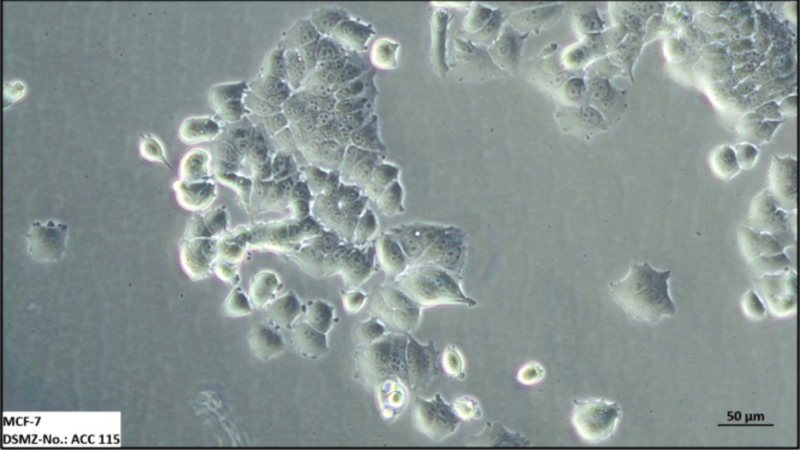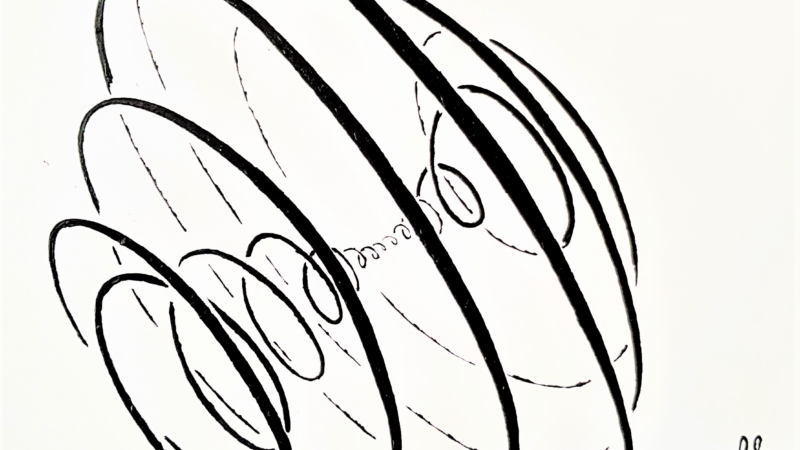Mixer for the sand-lime brick industry: New twin-shaft batch mixer with rubber provides low-cost mixing.
At bauma 2016, BHS-Sonthofen is introducing a new generation of twin-shaft batch mixers of type DKXK that features a rubber trough specially designed for producing sand-lime bricks. This new type of batch mixer features particularly low wear to the trough – an important factor when processing abrasive mixtures such as sand-lime bricks.
The new DKXK version that BHS has developed for the proven twin-shaft batch mixer is optimally adapted for producing sand-lime bricks. This new innovation allows this industry to take advantage of BHS-Sonthofen twin-shaft mixing technology. The results are homogeneous mixing, short mixing times and low wear. The intensive mixing process also utilizes a high percentage of the lime used in each mixture, which in turn produces a very dense packing mixture.
The first mixer in this new generation – which has a 2,300-liter capacity – will start operations in February 2016 in Baden-Baden (Germany) as the main mixer upstream of the reactor. Since 1971, the client has been operating a BHS-manufactured twin-shaft batch mixer of similar design that they are now replacing with a more powerful state-of-the-art unit.
Sand-lime bricks are made of sand mixtures containing a high silicate, quicklime and water content. This material is highly abrasive. Considerable wear occurs in previously used conventional mixing systems such as intensive mixers. The reason so much wear occurs is because the fine sand acts like sandpaper on the mixing tools and on the mixer’s trough wall.
BHS has therefore specifically developed the DKXK type of mixer for producing lime mixtures as an alternative version to the world’s proven DKX type of twin-shaft batch mixer. Instead of a steel trough with a lining made of wear tiles, BHS builds their sand-lime brick mixer with a rubber mixing trough that pulsates when mixing, thus effectively preventing sticky mixing material from caking. This reduces blade and trough lining wear as well as reduces the engine’s power consumption.
This solution has long proved itself as one of BHS’s very reliable single-shaft continuous mixers. DKXK can optionally equip the mixing blades with Widia (tungsten-carbide) plates, which significantly increases service life.
The new DKXK mixer variant offers several advantages when compared with the intensive mixers that have been used in the sand-lime brick industry until now: In contrast to the circular motion of other mixing systems, the three-dimensional mixing principle of the twin-shaft batch mixer produces a more intensive exchange of material. This results in shorter mixing cycles with the effect of a lower energy consumption. In addition, the mixer requires less maintenance because wear parts are easy to replace.
This is another reason why the twin-shaft batch mixer by BHS-Sonthofen is an economical alternative for producing sand-lime brick mixtures.
In the future, BHS-Sonthofen will offer the DKXK twin-shaft batch mixer for the sand-lime brick industry with a filling volume ranging from 1,000 to 6,500 liters.
Background: Twin-shaft batch mixers of the DKX series
The twin-shaft batch mixers from BHS-Sonthofen have a mixing mechanism whose arms, which are in the form of an interrupted spiral, are arranged on two counter-rotating mixing shafts. They generate a circular, three-dimensional movement with intense material exchange in the turbulent overlap area of the two mixing circuits. Counter paddles on the shaft ends redirect the entire material, so that it is repeatedly returned to the mixing process.
They achieve a higher mixing effect than comparable single-shaft or intensive mixers as all the material is constantly in movement even at low speeds – and at significantly lower energy consumption.
In contrast to other mixer systems, twin-shaft batch mixers can be filled to a much higher level, so that they are more compact with the same throughput. Thus in new-build plants the mixers score points with their small dimensions. Moreover in case of retrofit and plant modifications in existing installations a more powerful mixer can be installed.
About BHS-Sonthofen
BHS-Sonthofen is an owner-operated group of companies in the machinery and plant engineering field, based in Sonthofen, Germany. The company offers technical solutions for mechanical process engineering, concentrating primarily on mixing, crushing, recycling and filtration. With more than 350 employees and several subsidiaries, BHS-Sonthofen has a global presence.
The Mixing Technology division produces batch and continuous mixers with single and twin-shaft technology and offers a full range of process technology for mixing. The spectrum extends from conventional applications in the concrete industry for transport, precast, dam or high-performance concrete and the mixing of dry mortar, cement, mineral mixes, landfill construction materials or other bulk materials to the conditioning of sludges, the production of suspensions or applications in mining.
For more information, see www.bhs-sonthofen.de.
Firmenkontakt
BHS-Sonthofen GmbH
Roland Schmid
An der Eisenschmelze 47
D-87527 Sonthofen, Germany
+49 8321 6099-231
press@bhs-sonthofen.de
http://www.bhs-sonthofen.de
Pressekontakt
VIP Kommunikation
Regina Reinhardt
Dennewartstr. 25-27
52068 Aachen, Germany
+49.241.89468-24
reinhardt@vip-kommunikation.de
www.vip-kommunikation.de




